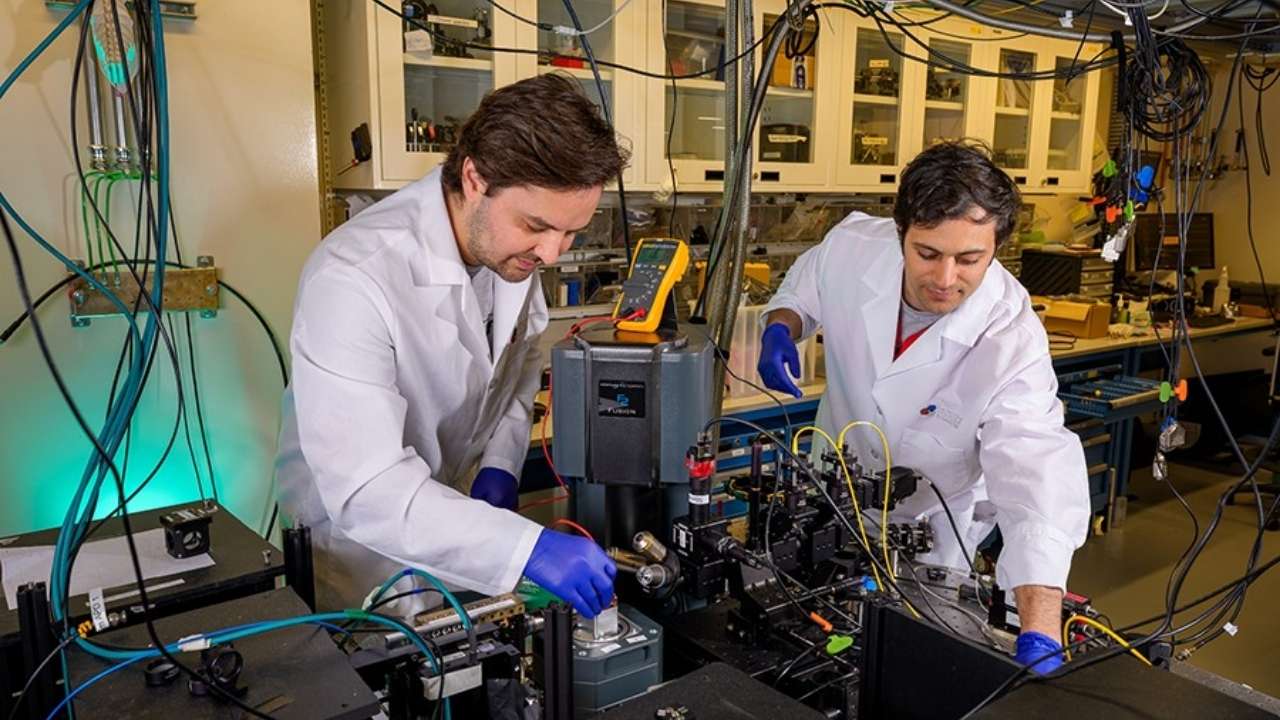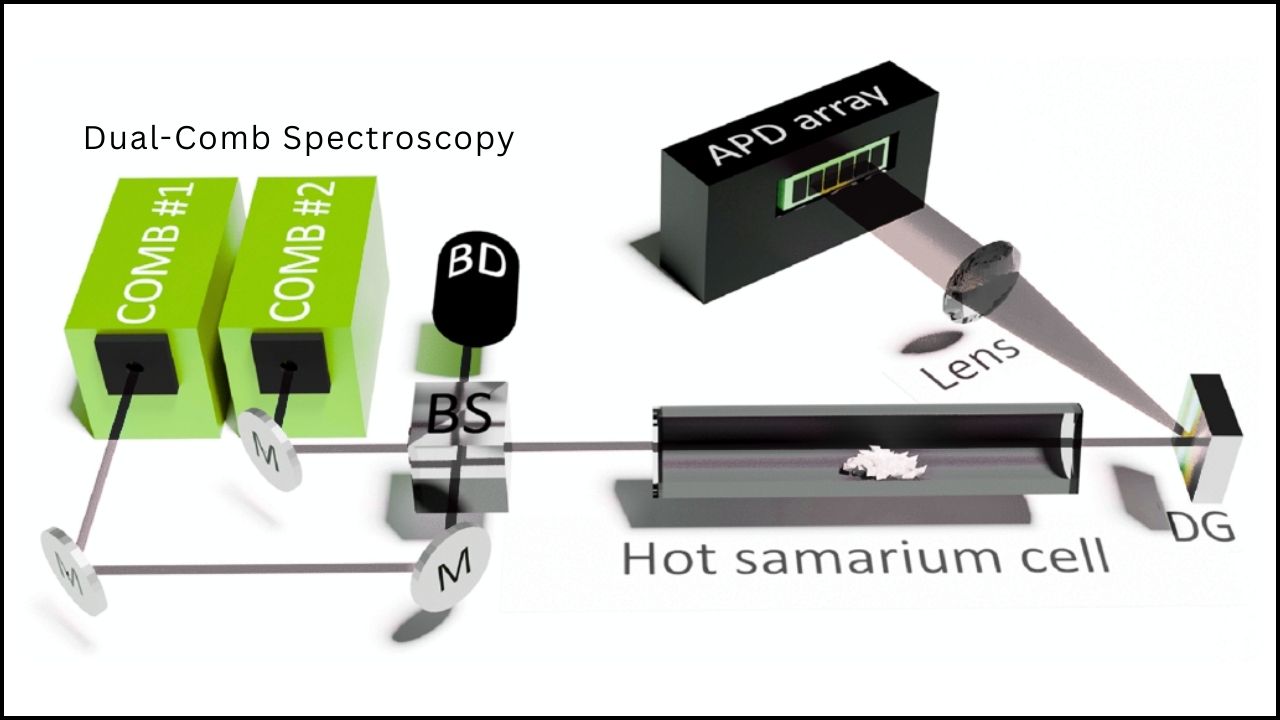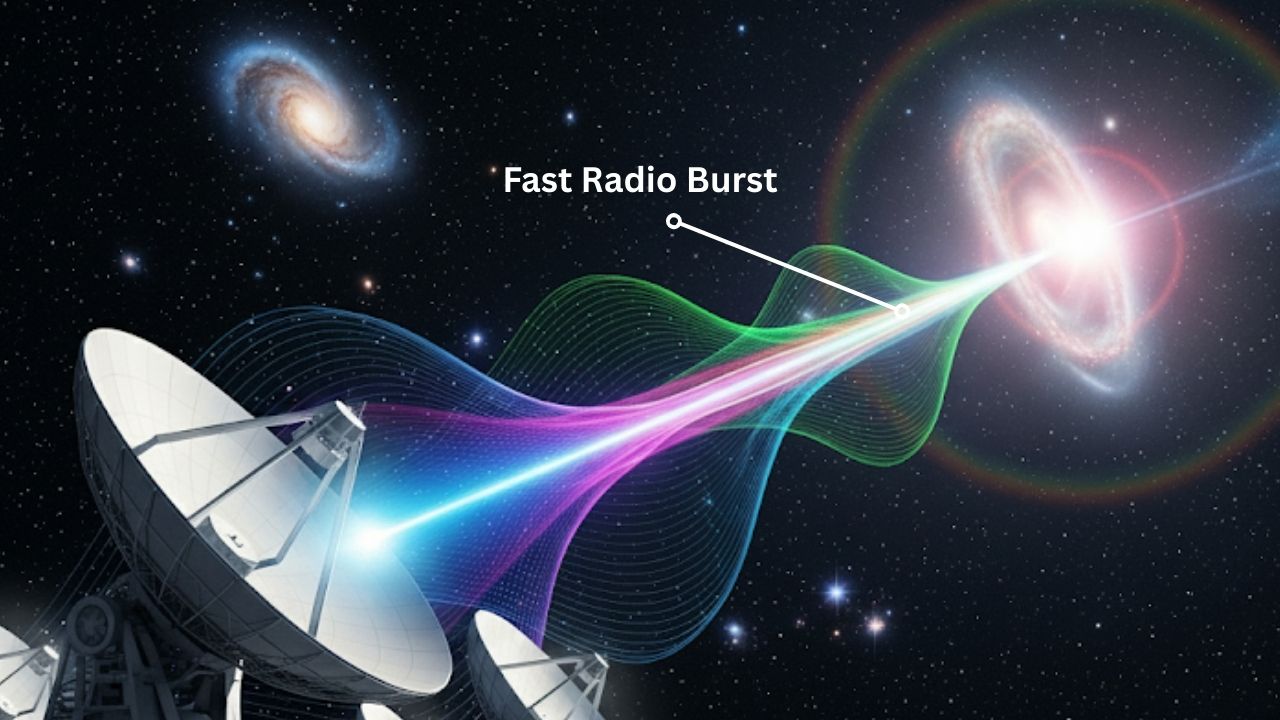Researchers Achieve Atomic-Level Control Over Magnetism: a milestone that is transforming the landscape of nanoelectronics and advanced data storage. This breakthrough, once a futuristic vision, is now a practical reality, opening doors to faster, smaller, and more energy-efficient electronic devices. Whether you’re a curious student, a tech enthusiast, or a professional in the field, understanding this innovation is essential for grasping the future of technology.
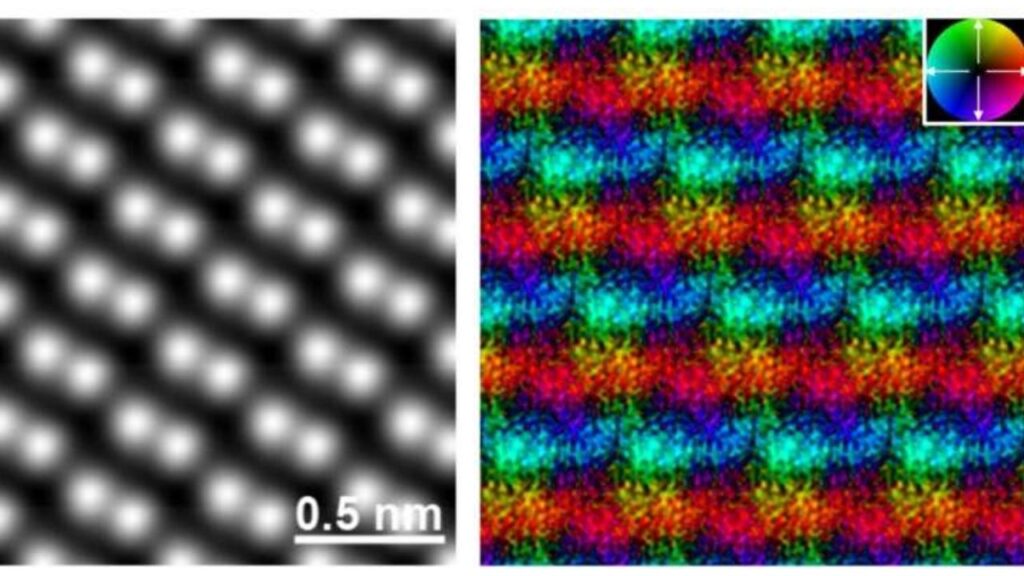
Recent years have seen rapid progress in manipulating magnetic properties at the scale of individual atoms. Scientists are now able to direct the behavior of single atoms on surfaces, use electric and magnetic fields to switch magnetic states in picoseconds, and even modulate magnetism with light. These achievements are not just academic—they are already influencing the design of next-generation memory, quantum computing, and biomedical imaging technologies.
Researchers Achieve Atomic-Level Control Over Magnetism
| Topic | Details |
|---|---|
| Breakthrough | Precise manipulation of magnetism at the atomic scale using electric fields, magnetic fields, and light. |
| Speed | Magnetic switching achieved in less than a few picoseconds—over 1,000 times faster than current hard drives. |
| Energy Efficiency | Potential to save up to five orders of magnitude in energy compared to traditional magnetic switching. |
| Practical Applications | Ultra-dense, non-volatile memory, quantum computing, biomedical imaging, and spintronic devices. |
| Key Materials | 2D van der Waals magnets, transition metal dichalcogenides, and engineered nanocrystals. |
| Industry Impact | Revolutionizing cloud storage, consumer electronics, AI hardware, and medical diagnostics. |
| Official Resource | San Diego Supercomputer Center |
Atomic-level control over magnetism is more than a scientific milestone—it’s a leap toward a future where our digital lives are faster, greener, and more secure. By harnessing the power of atoms and their spins, researchers are opening the door to revolutionary new memory devices, quantum computers, and medical technologies.
Whether you’re a student dreaming of tomorrow’s gadgets or a professional building the next wave of electronics, this breakthrough is your invitation to a new era of innovation.
What Is Atomic-Level Control Over Magnetism?
At its core, magnetism is the result of how electrons—tiny particles inside atoms—spin and interact with each other. In traditional magnets, billions of atoms align their spins to create a magnetic field. But what if you could control the spin of just one atom at a time?
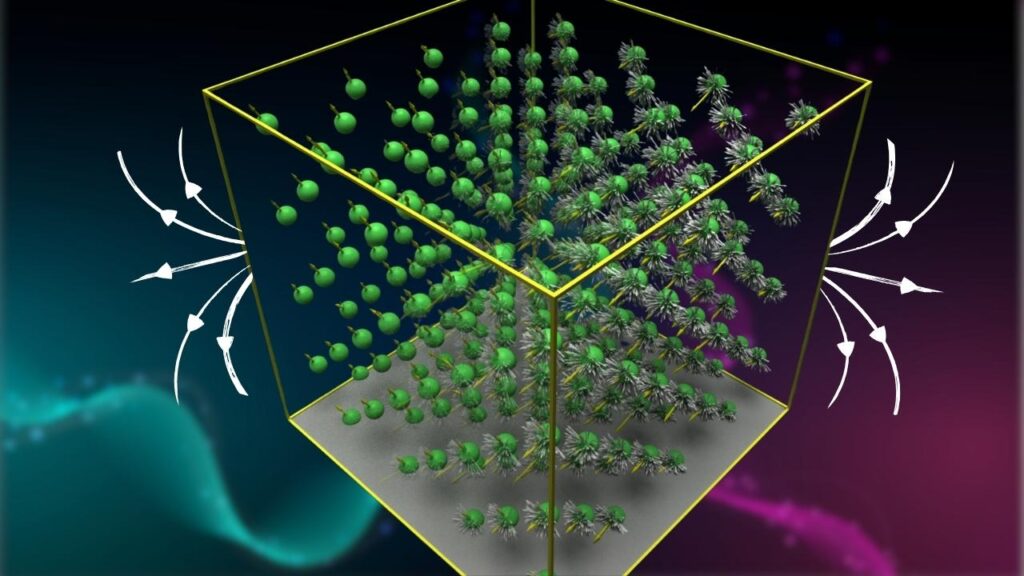
Atomic-level control means scientists can now adjust the magnetic state of a material by influencing the arrangement and spin of individual atoms. This is achieved through advanced techniques using electric fields, magnetic pulses, heat, or even light. The ability to manipulate magnetism at this scale brings unprecedented precision and efficiency.
Why Does This Matter?
- Speed: Changing the magnetic state at the atomic level takes just a few picoseconds (a trillionth of a second), which is over a thousand times faster than current technologies.
- Energy Savings: By targeting only the atoms involved, these new methods use far less energy—potentially up to 100,000 times less than traditional magnetic switches.
- Miniaturization: Devices can be made much smaller and more powerful, as control is exerted at the atomic, not macroscopic, scale.
How Did Scientists Achieve This Breakthrough?
Let’s break down the science behind this achievement in easy-to-understand steps:
1. Steering Atoms with Magnetism
Researchers have demonstrated that individual atoms can be moved in a controlled direction on magnetic surfaces at extremely low temperatures. By placing atoms like cobalt or iridium on a single-atom-thick magnetic layer and applying a tiny voltage, they could direct the atoms’ movement—something previously thought impossible. This precise control is vital for building atomic-scale devices and quantum circuits.
2. Switching Magnetism with Electric Fields
A multi-institutional team used computer simulations and experiments to show that the magnetic “spin” of atoms embedded in special materials (like barium titanate) can be switched on or off using electric fields.
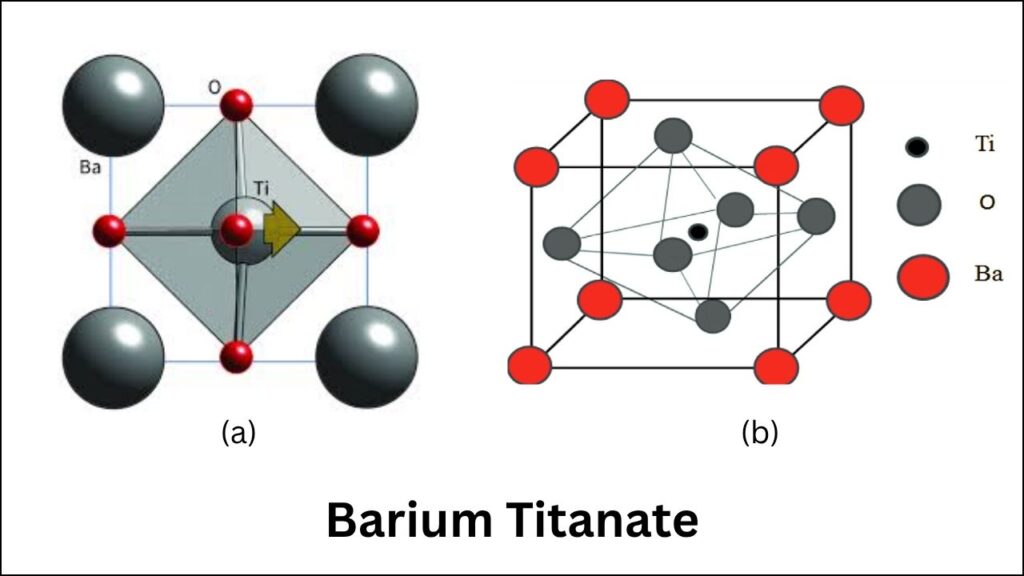
This approach allows for ultra-efficient memory and logic devices that are faster and use less energy than today’s electronics.
3. Ultrafast Magnetic Pulses
Scientists at the Max Planck Institute developed a superconducting device that produces ultrafast magnetic field steps—turning a magnetic field on or off in just a few trillionths of a second. This enables the rapid switching of magnetic states, a necessity for next-generation memory and logic circuits.
4. Modulating Magnetism with Light
Recent studies have shown that in some two-dimensional materials, magnetism can be tuned using light at room temperature. Shining a laser on these materials changes their magnetic properties instantly, opening up new possibilities for optically controlled memory and sensors.
5. Biomedical Imaging and Nanocrystals
Atomic-level modulation of magnetism is also revolutionizing biomedical imaging. By precisely controlling the magnetic properties of nanocrystals, researchers can create better contrast agents for MRI scans and design targeted drug delivery systems.
Practical Applications: Why Should You Care?
Atomic-level control over magnetism is not just a scientific curiosity. Here’s how it’s poised to impact everyday life and professional fields:
1. Faster, Smaller, and Greener Memory
- Data Centers: With more efficient magnetic switching, data centers can store and access information faster while using less power. This means lower costs and a smaller environmental footprint.
- Consumer Devices: Smartphones, tablets, and laptops could become faster, more reliable, and have longer battery life thanks to atomic-level memory technologies.
2. Next-Generation Spintronics
Spintronics is a field that uses the spin of electrons, rather than their charge, to process information. Atomic-level magnetic control is the key to making spintronic devices practical, enabling:
- Ultra-dense, non-volatile memory chips
- Logic devices that operate at blazing speeds with minimal energy use
- Quantum computers capable of solving problems far beyond the reach of today’s machines
3. Advanced Medical Technologies
- MRI Imaging: Nanocrystals with precisely controlled magnetism provide clearer images, helping doctors diagnose diseases earlier and more accurately.
- Targeted Therapies: Magnetic nanoparticles can be guided to specific locations in the body, delivering drugs exactly where they’re needed.
4. Quantum Technologies
Controlling magnetism at the atomic scale unlocks new possibilities for quantum computing and secure communication, where information is stored and transmitted using the strange rules of quantum physics.
The Science Explained: How Does Atomic-Level Magnetic Control Work?
Let’s simplify the process:
- Atoms have spins, like tiny compass needles.
- Magnets work because many spins point in the same direction.
- Scientists use electric fields, magnetic pulses, heat, or light to “nudge” these spins at the atomic level.
- Changing the direction of spins changes the magnetic state—like flipping a light switch, but much faster and with less energy.
- This new state can be used to store or process information, just like the bits in your computer.
Challenges and the Road Ahead
While the promise is enormous, several challenges remain:
- Material Limitations: Some effects, like precise atomic steering, currently require extremely low temperatures. Researchers are searching for materials that work at room temperature for everyday devices.
- Manufacturing: Building devices at the atomic scale requires new fabrication techniques and tools.
- Integration: Adapting this technology to existing electronics will take time and investment, as new standards and processes must be developed.
Despite these hurdles, the potential rewards—faster, smaller, and more energy-efficient devices—make this one of the most exciting frontiers in physics and engineering.
New Discovery in Atomic Physics Could Unlock Powerful Quantum Behaviors in Ultra-Cold Matter
Time May Not Be What We Think—Quantum-Scale Study Challenges Fundamental Physics
Physicists Recreate Extreme Quantum Vacuum Conditions in the Lab — A New Era for Particle Physics
FAQs About Researchers Achieve Atomic-Level Control Over Magnetism
What does “atomic-level control over magnetism” mean?
It means scientists can now adjust the magnetic properties of a material by directly influencing the arrangement and spin of atoms, rather than using bulkier, slower methods like external magnets.
How fast is this new technology?
Switching magnetic states can now happen in less than a few picoseconds—a trillionth of a second—over 1,000 times faster than current hard drives.
Will this make my phone or computer faster?
Yes, in the future! Devices using this technology could boot instantly, save more data, and use much less power.
What are the challenges to making this mainstream?
Some new magnetic states and atomic manipulation techniques currently work only at very cold temperatures. Scientists are searching for materials and methods that work at room temperature for everyday devices.
